Science News
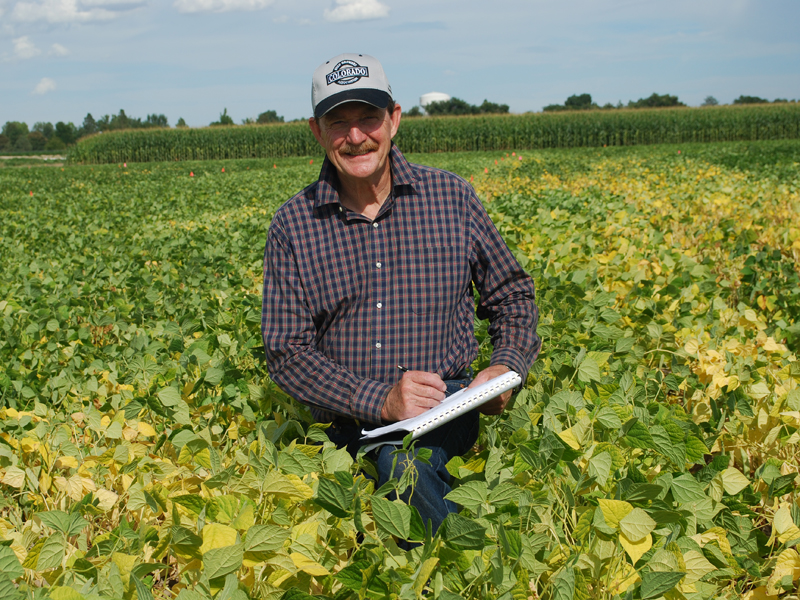
Pinto beans are the most common type of bean cultivated in the United States, accounting for more than a third of all edible, dry bean production. Harvesting them, however, has been a complicated ordeal--until now.
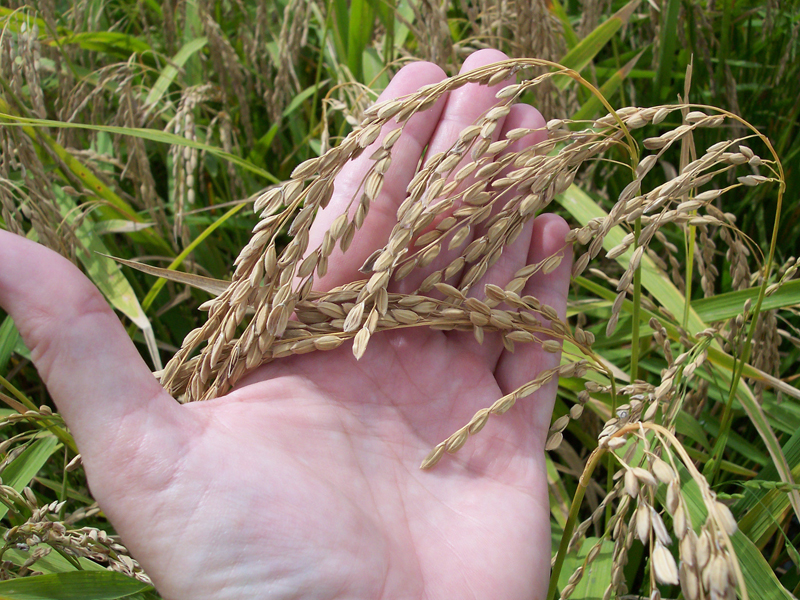
If I presented you with a bowl of steaming purple rice, would you eat it?
 Most of us are accustomed to white or brown rice as a staple in our diet. But according to plant breeder Anna McClung, we are missing out. “It’s all about what we’re used to,” says McClung. “If what we’ve known is white, uniform rice, that’s what we will want.”
Most of us are accustomed to white or brown rice as a staple in our diet. But according to plant breeder Anna McClung, we are missing out. “It’s all about what we’re used to,” says McClung. “If what we’ve known is white, uniform rice, that’s what we will want.”
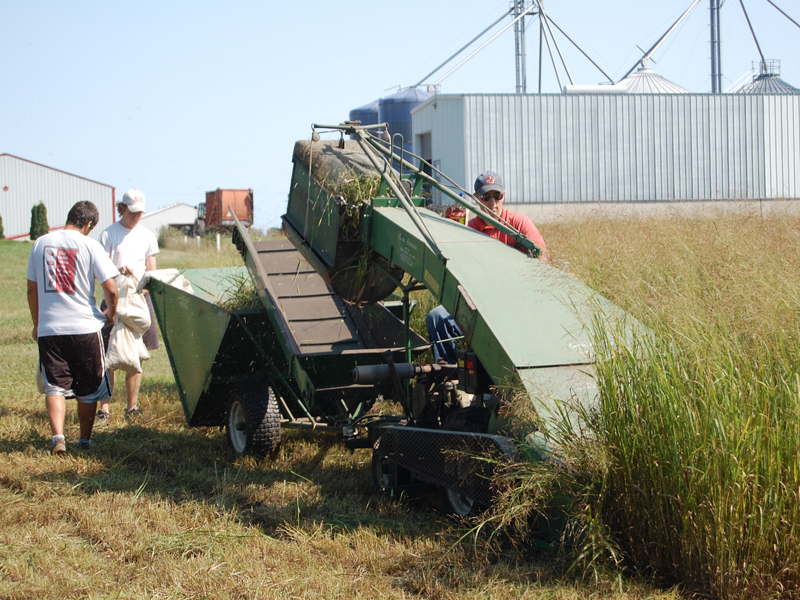
Using switchgrass to produce biofuel is one way to decrease the United States’ dependence on oil, but growing it and making it profitable can be complicated.
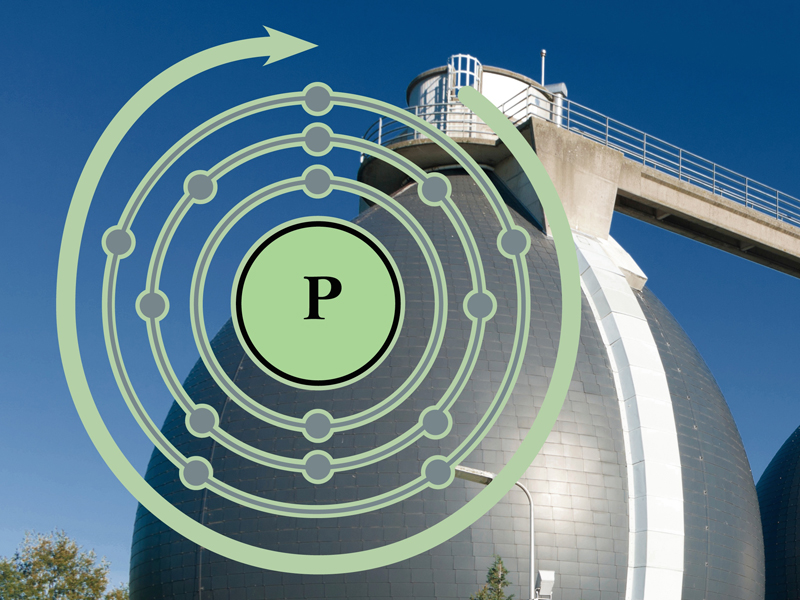
A new approach to wastewater treatment may be key in efforts to reduce, reuse, and recycle. Moreover, it can be profitable.
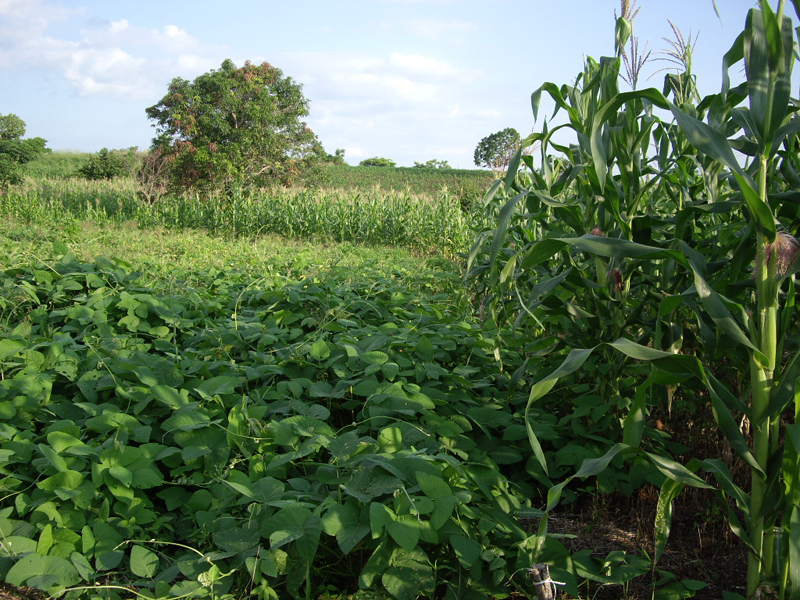
Recent research in Mexico suggests rotating the use of a local cover crop can improve soil fertility and yields of maize (corn) harvests.
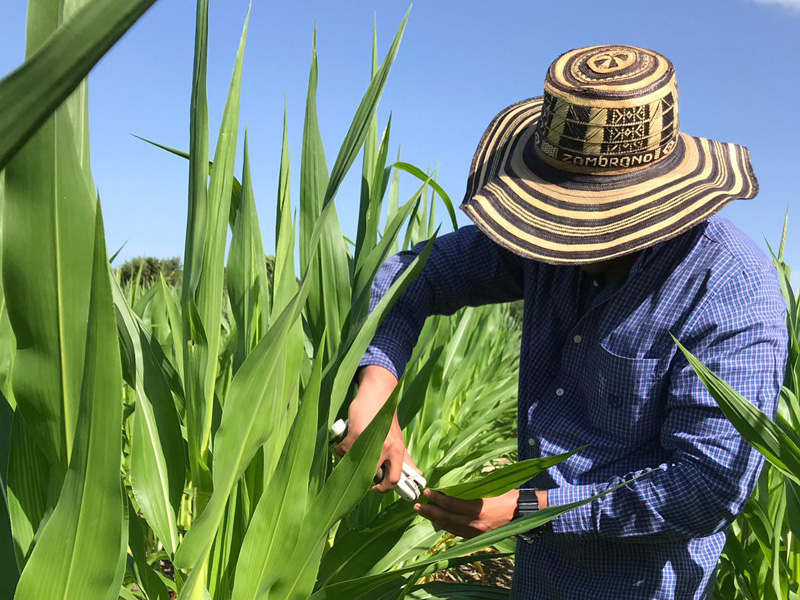
There’s nothing more disappointing than discovering that your carefully stored corn harvest has been gnawed apart by insects. After harvest, corn (or maize as it’s called in much of the world), can last for months and is a crucial element of the diets of many people across Africa, America, and Asia. However, the hard work of growing and harvesting the crop can be severely curtailed by pest infestation during storage. Small farmers in developing countries lose an incredible portion of their maize to insects like the large grain borer and the maize weevil.
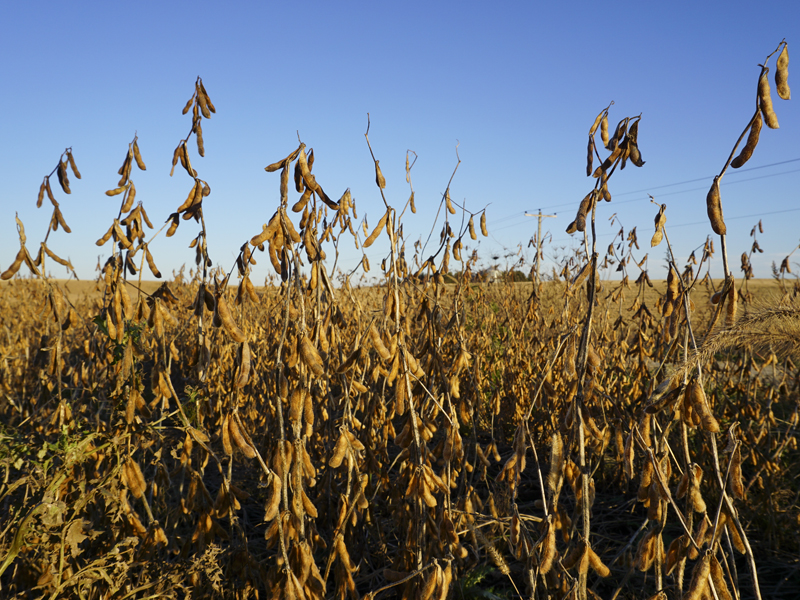
Recent research has found ways to produce soybean seeds that have improved yields under drought conditions. A group of researchers published their research in the November-December issue of Agronomy Journal. The researchers were M. Jyostna Devi and Thomas Sinclair, North Carolina State University; Pengyin Chen, University of Arkansas; and Thomas Carter, Jr. USDA-ARS, Raleigh, NC.
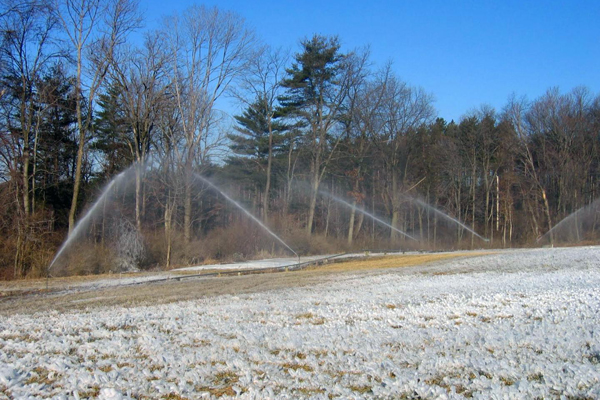
Less than a mile from the edge of the bustling Penn State University campus lies 600 acres of cropland and forests crisscrossed with irrigation pipes. The water being pumped out of these pipes isn’t channeled from a river or a well. Instead, over 500 million gallons of treated wastewater from the campus is discharged at this site every year.
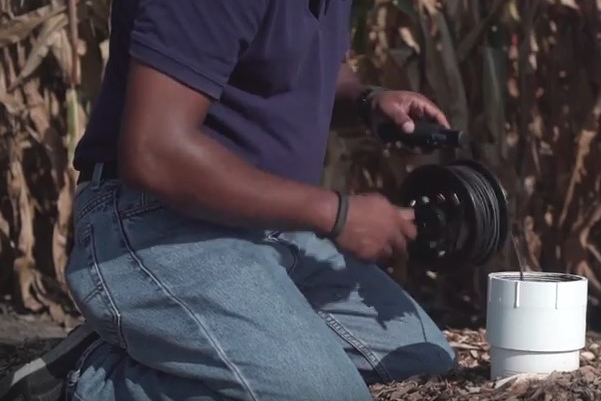
It’s been largely ignored in the past as a route for phosphorus loss from farms, but the buried network of drainage pipes known as the tile system can carry away as much phosphorus as surface runoff.
That’s the conclusion of a pair of studies published in the Journal of Environmental Quality today (Oct. 3). In research in Ohio and Indiana led by USDA-ARS scientists, nearly 50% on average of both dissolved, “bioavailable” phosphorus and total phosphorus left fields via the tile system—a percentage much higher than previously thought.
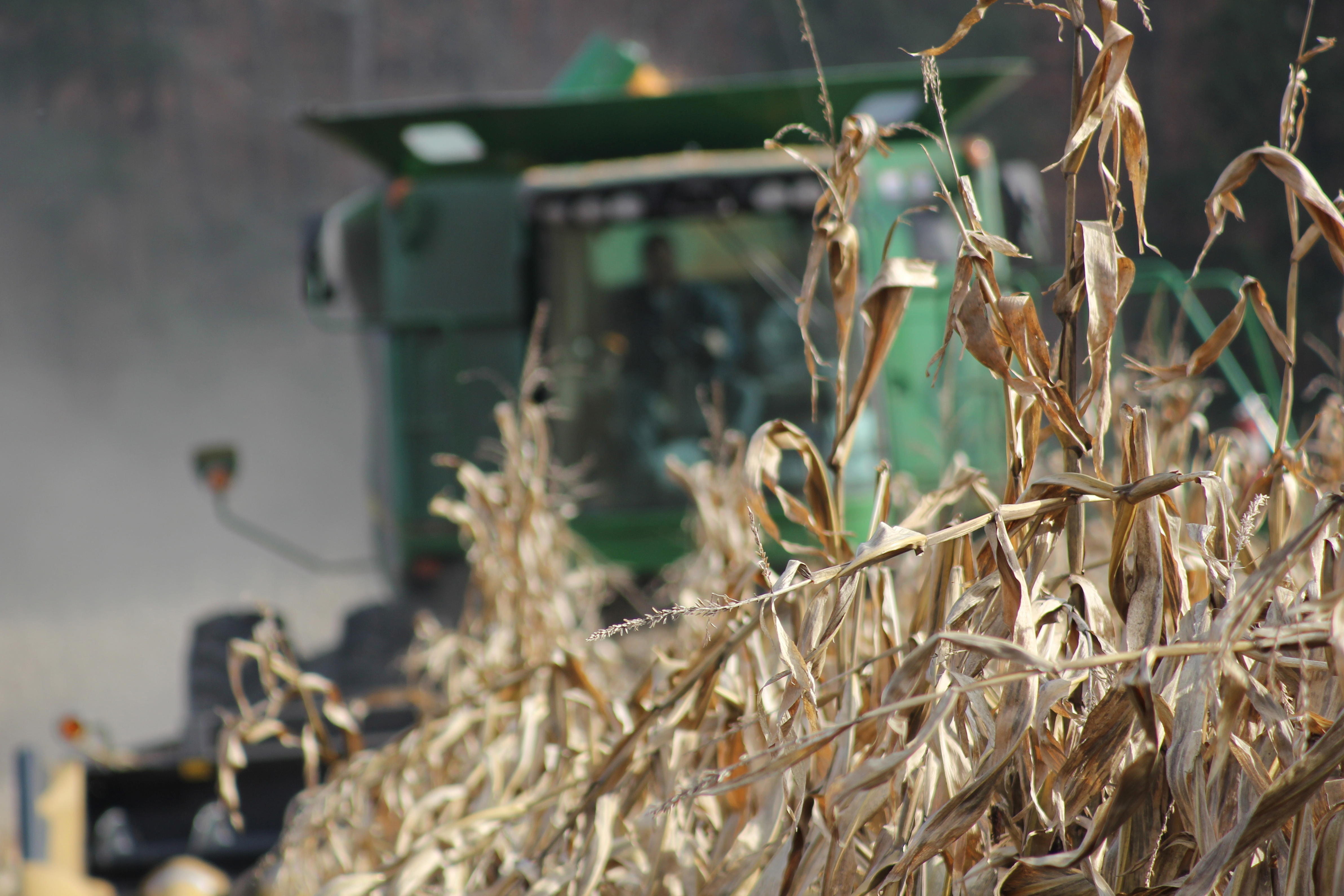
The increasing scale of farming operations and use of agricultural machinery worldwide has caused an unusual problem—soil compaction. It’s defined as the packing effect of external forces that reduce soil bulk volume and pore size. Heavy farm equipment like tractors, trucks, and harvesters can cause soil compaction. Other causes include livestock and rainfall.
